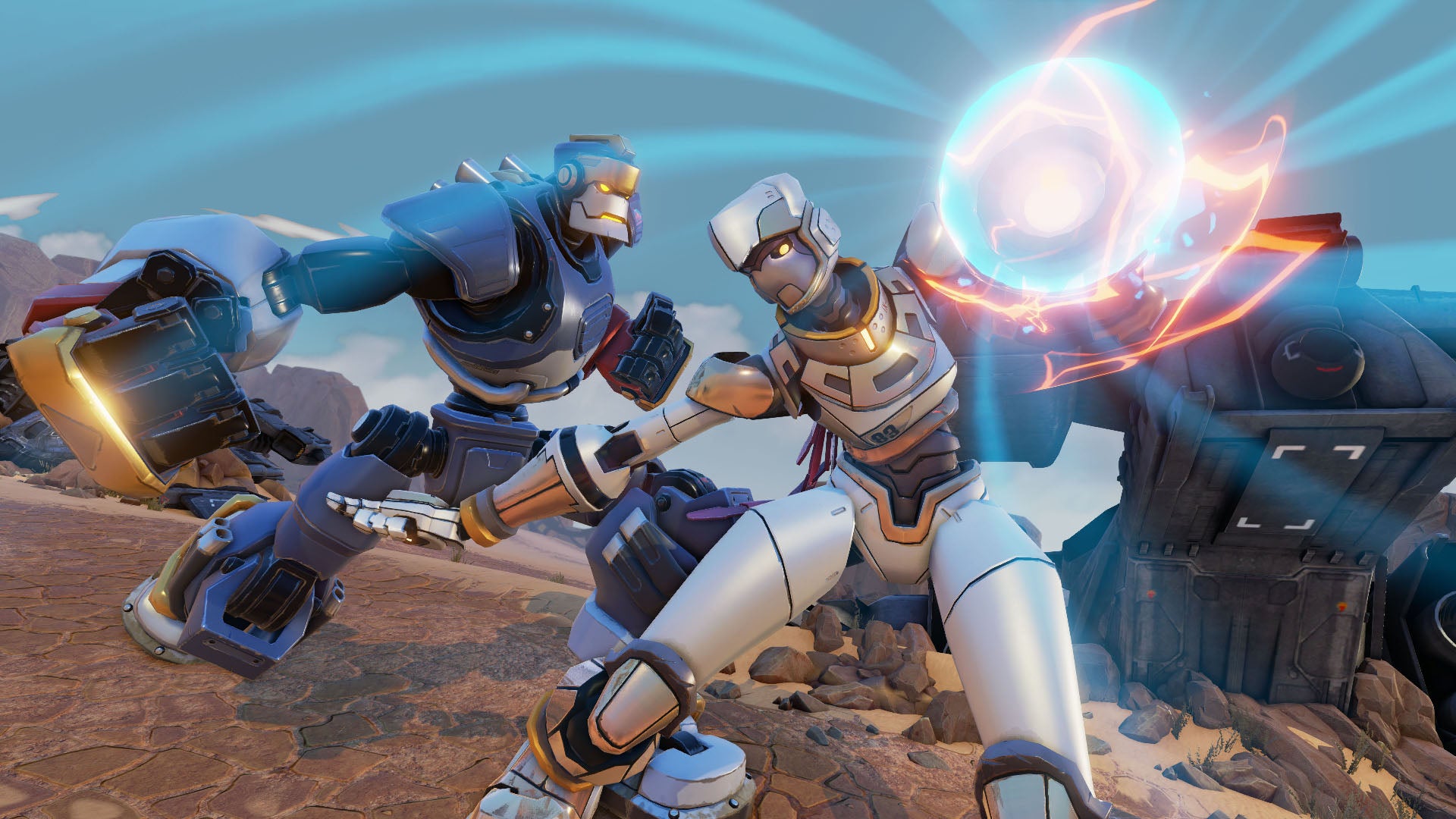The few glimpses we’ve had of Project L before looked similar to Street Fighter V. It had a big focus on controlling spacing on the ground, and many of the special attacks we saw were designed around interrupting players while they were approaching. This is a very punishing style of gameplay for newcomers, since it has very little feedback on exactly why you were hit. It’s not exactly clear how to improve with every loss. However, Project L looks completely different now. It seems much faster and has become what Riot call “an assist-based fighter.” Similar to Marvel Vs. Capcom or Skullgirls, you select a team of two characters and fight while only controlling one at a time. You can also switch characters mid-combo, as well as call in your partner for assist attacks during gameplay. In the new video, executive producer Tom Cannon talks about the game’s focus on accessibility: “This isn’t about building a game where new players have a chance to be the pros, it’s about unlocking the fun at all skill levels.” They’ve gone for a “easy-to-learn, hard-to-master” approach by simplifying the inputs required for moves. None of the depth has been stripped out, just the inputs themselves have been streamlined. Plus, the commitment to rollback netcode Riot Games have made should reduce lag across wider distances than delay based netcode. This means all players will have access to a wider pool to matchmake from, which especially helps new players trying to find equal skill opponents online. Usually the jump in difficulty between certain ranks is staggering in fighting games, but a larger selection of players to fight against will help ease this transition. And if there’s anybody who understands how to introduce new players to fighting games, it’s going to be the co-founders of EVO. As for when the game will be out, Tom Cannon explains in a blog post that this is just a ‘vertical slice’ to give a sense of the finished game and they “still have a lot of work ahead of us.” He says don’t expect it in 2021 or 2022. Project L reminds me of Rising Thunder, the fighting game that the Cannons and their team were working on before Riot bought the studio. Like Project L, it aimed to lower the entry barrier without sacrificing depth. Riot’s purchase ended Rising Thunder’s development, but the team did later release their final internal version for free. While mechanical difficulty can have its own satisfaction (who doesn’t love pushing buttons?), it’s hard to ignore just how big of a barrier it is to new players. I’ve played tons of fighting games, and in my experience, the main reason they die out is because of a lack of newer players entering the community. When new players join, everybody wins. I want everybody who wants to appreciate these games to be able to. There’s a reason why I still play Divekick over other fighting games. It’s the out-thinking your opponent that attracts quite a lot of players to the genre. If Riot have found a way to put this type of satisfaction behind simplified inputs, they’ve just solved a decades-long problem.
